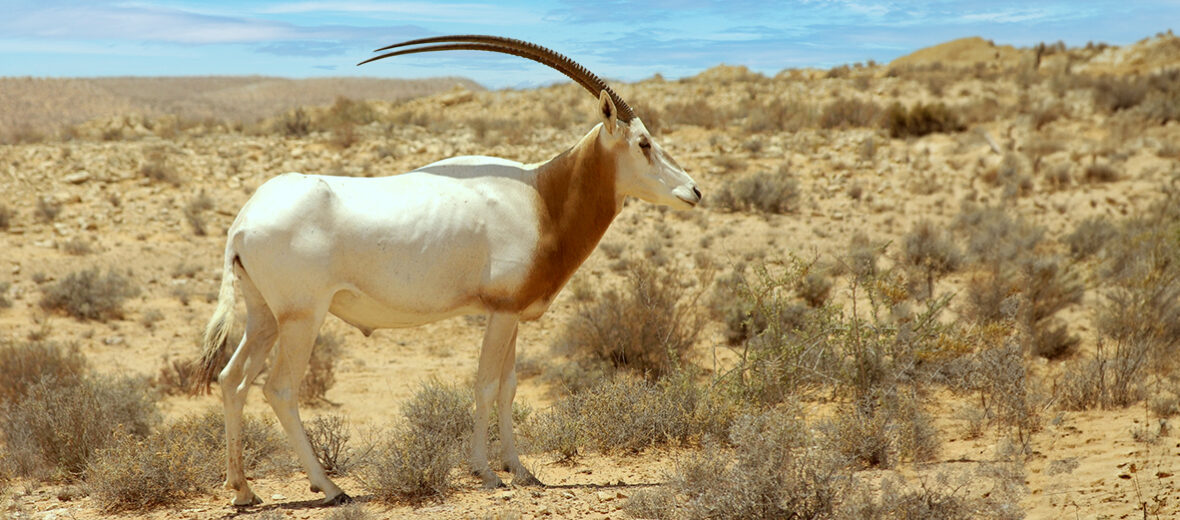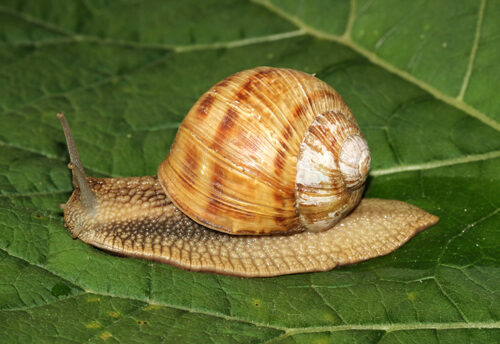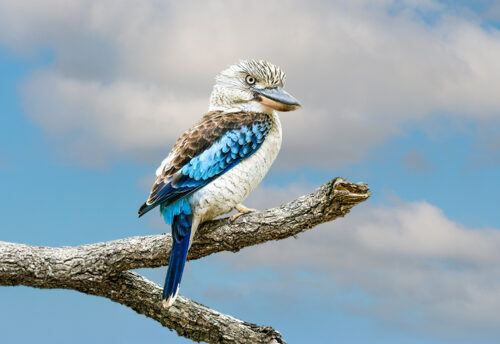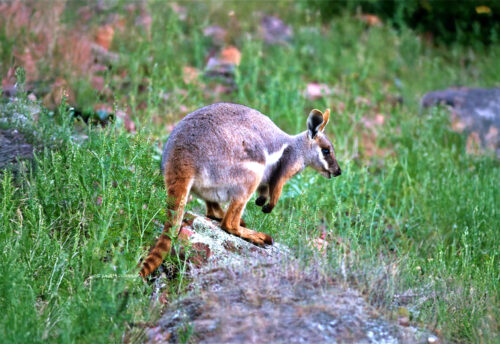
The scimitar-horned oryx, aka horned oryx or Sahara oryx, hails from northern and central Africa. They prefer deserts, semi-deserts, and grassy steppes. These oryx face the threats of habitat loss at the hands of farming and ranching; hunting; trapping; invasive species, and with them disease and competition for food; and climate change, which results in increasing temperatures, loss of food, and weather based habitat alteration. The IUCN lists these creatures as Endangered. Their numbers are slowly increasing though, thanks to breeding programs and reintroductions. This article is dedicated to my friend Sutty.
First the Stats…
Scientific name: Oryx dammah
Weight: Up to 460 lbs.
Length: Up to 7.5+ feet
Height: Up to 4.6 feet, at the shoulders
Lifespan: Up to 20 years
Now on to the Facts!
1.) Once widespread across North Africa, these cool critters were declared extinct in the wild in 2000.
2.) The Scimitar oryx was, at 1 time, the emblem of the ancient Egyptian oryx nome. Today they are the animal symbol of the Sahara Conservation Fund.
3.) Their hooves are large and spread out to allow for easier traversing of sandy soil.
4.) Thanks to reserves in Morocco, Senegal, and Tunisia, as well as private exotic animal ranches located in the Texas Hill Country, successful reintroduction programs have again populated Chad with these beautiful animals.
5.) Scimitar-horned oryx are cathemeral (active both day and night).
But wait, there’s more on the scimitar-horned oryx!
6.) These oryx are social and can travel in herds of up to 40 individuals.
7.) Back when their numbers were great, they would travel in herds numbering into the thousands.
Did you know…?
Males fight often, but the battles are short-lived and typically don’t end up with injuries.
8.) A group of oryx is called a cluster, herd, or tribe.
9.) Herbs, shrubs, foliage, grass, succulent plants, buds, legumes, wet roots, and fruit are all on the menu for these herbivores (eat plant matter), or more specifically folivores, frugivores, and graminivores.
10.) Females undergo up to a 9 month gestation (pregnancy) that yields a single calf.
But wait, there’s still more on the scimitar-horned oryx!
11.) Calves weigh in at up to 33 lbs. at birth.
12.) The female will leave the herd to give birth and begin nursing her calf. Mother and calf return to the herd just hours after birth though.
Did you know…?
These critters can survive without drinking standing water for up to 10 months! Their kidneys have evolved to release very little water when the animal urinates; similar to a camel.
13.) The calf is weaned in up to 3.5 months.
14.) The scimitar oryx’s decline began back in 7500 – 3500 BCE, back when the Sahara was green. Due to climate change, the Sahara dried up, which led to the reduction of available food. To add insult to injury, humans also over-hunted these oryx for their meat and horns.
15.) Ancient Egyptians domesticated these creatures for use as food and offerings to their gods. The Romans also kept them in paddocks and they were eaten by the wealthy.
But wait, there’s still a little more on the scimitar-horned oryx!
16.) Due to a network of blood vessels leading from the heart to their brain passing their snouts, when they breathe in, they subsequently cool the blood flowing to the brain by up to 5ºF.
17.) These fascinating beasts have evolved the ability to increase their core temperature to 115.7°F in order to tolerate the surrounding heat. They also sweat to reduce their external temperature which aids in reducing water loss and the need for water consumption.
18.) Their horns are made from hollow bone that can’t be regrown if damaged or lost.
Now a Short Scimitar-Horned Oryx Video!
Be sure to share & comment below! Also, check out the Critter Science YouTube channel. Videos added regularly!
Want to suggest a critter for me to write about? Let me know here.
Some source material acquired from: Wikipedia & IUCN
Photo credit: LitCaf



